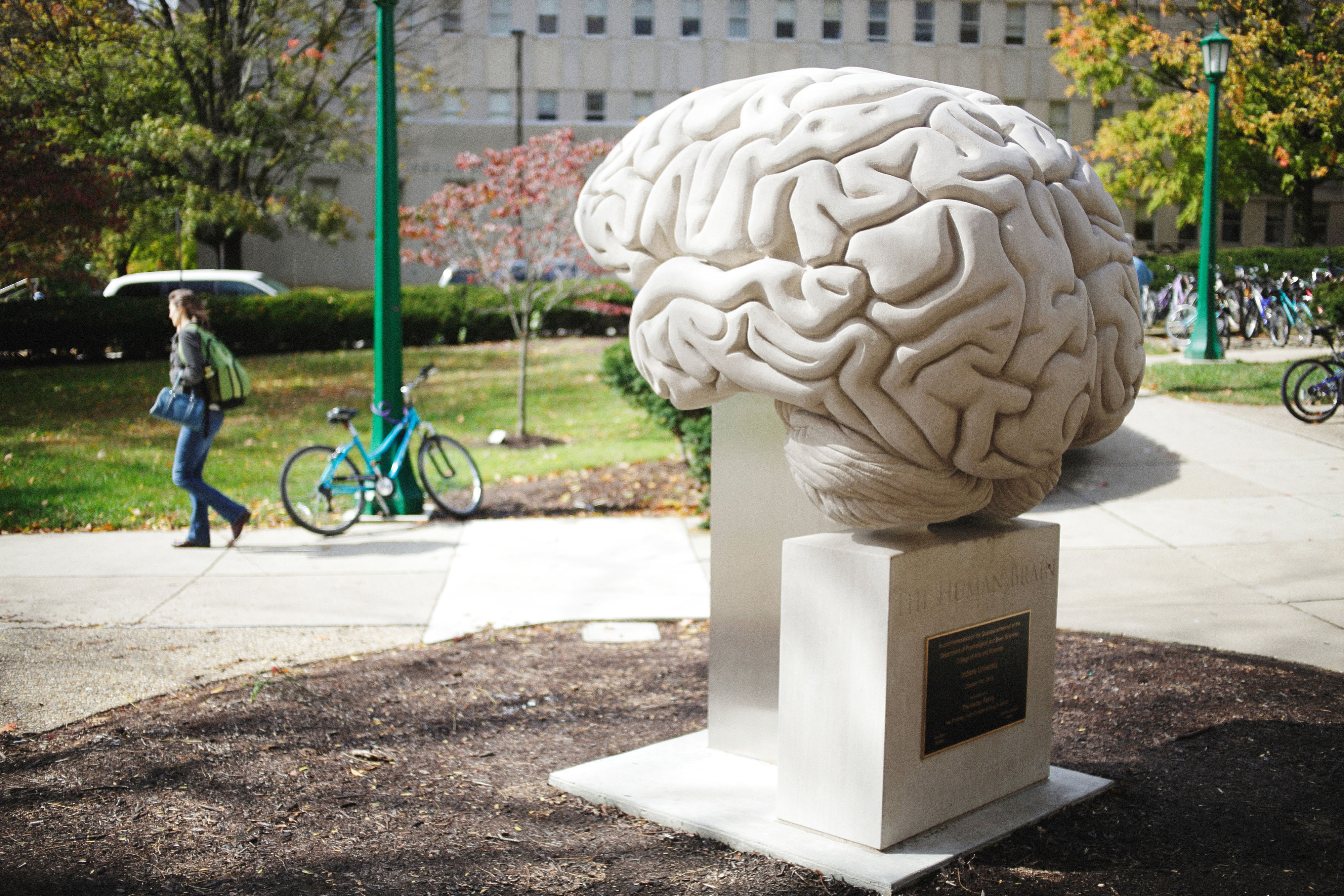Who We Are

Our Initiative:
Learning – adaptive, intelligent change in response to experience – is a core property of human cognition. The brain is a complex system that changes in response to the activations evoked by sensory input; the brain also helps create the experiences from which we learn by directing the actions of the body. Systems that learn have been the long-sought goal of artificial intelligence. However, at the start of the 21st century, computer science, neuroscience, and cognitive psychology seemed to be moving apart in their approaches to learning, with big knowledge advances occurring in discipline-specific directions.
In a remarkably short period of time, this has changed. Advances in technology and computing power have enabled machine learning, neuroscience, and the study of human learning to move from small-scale approaches to the study of learning from raw sensory input and to do so at the massive scale that constitutes daily life. The advances in all three fields place us at the tipping point for powerful and consequential new insights into mechanisms of (and algorithms for) learning. These advances have the potential to revolutionize teaching and education, to yield behavioral interventions that precisely target change in specific neural processes, and (through powerful new machine learning approaches) to impact all of science as well as everyday life and society as a whole. There is also an emerging consensus that the big breakthroughs will emerge through re-unifying the sciences of human learning, human neuroscience, and machine learning. ‘Thought-papers’ are increasingly making explicit calls to researchers in machine learning to use human and neural inspiration to build machines that learn like people, and for researchers in human cognition and neuroscience to leverage machine learning algorithms as hypotheses about cognitive and neural mechanisms. Finally, the potential value of joining behavioral, neural, and machine approaches to understanding learning is being realized – and generating much interest – by the dramatic advances in machine learning arriving from research teams such as Google’s Deepmind, teams recruited from cognitive psychology, human and primate neuroscience, computational neuroscience, as well as computer science.
Listen to Linda talk about learning and the EAR on the Through the Gates podcast
Go!Using children as inspiration for machine learning makes good sense: by the benchmarks of speed of learning, amount and diversity of knowledge, robustness, generalization and innovation, human children (in their everyday worlds albeit perhaps not in schools) are the best learning devices on the face of the earth. This proposal seeks a unified understanding of learning from a human developmental perspective that is expressed in exploitable algorithms. To the best of our knowledge, this is the first cross-disciplinary team to actively pursue through research programs (as opposed to writing thought papers) a computational understanding, grounded in brain systems, of learning from a human developmental perspective.
What this emerging field of a science of learning is trying to do – forming a new convergence of machine and human learning – is novel, hard, and consequential. Indiana University, with its recognized leadership in developmental science, has a special role to play. IU can be at the leading edge of this new field.
About the EAR
The IU Bloomington Strategic Plan calls for the campus to invest significant resources to support research and creative activity. These strategic research initiatives include the Emerging Areas of Research Funding Program (EAR) at IU Bloomington. The Emerging Areas of Research Funding Program seeks to support key areas of research and creative strength on the IU Bloomington campus that are emerging, novel, or current, and in need of support.
The EAR funding program will support investigators and teams of investigators who are prepared to undertake a significant and complex investigation involving fresh approaches to research. The research or creative activity that is emerging or under development should capitalize on existing strengths on campus; have the potential for enhancing the volume, quality, impact and reputation of research at IU Bloomington; and lead to federal, corporate, or private funding.